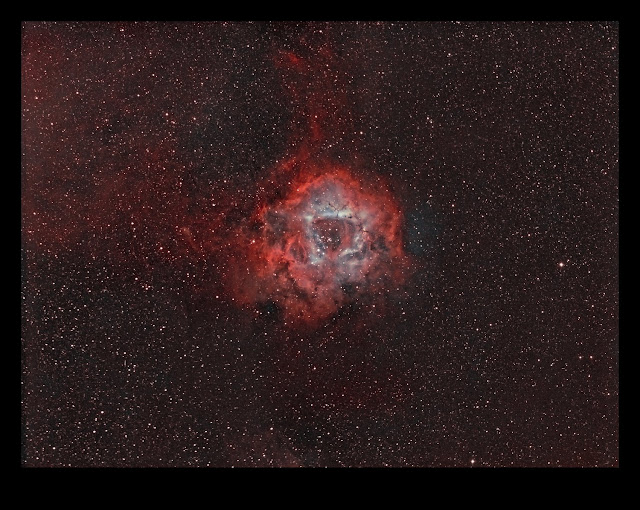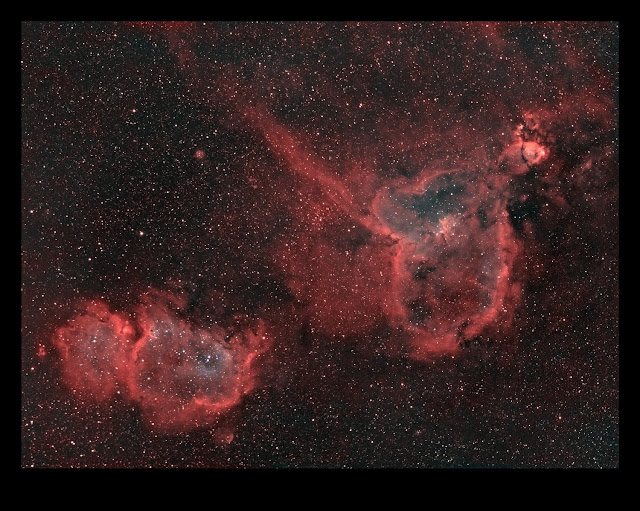COPYRIGHT, PLEASE NOTE
Saturday, January 31, 2009
APOD
![[nasa-large.jpg]](https://blogger.googleusercontent.com/img/b/R29vZ2xl/AVvXsEhnPTKmnidt6gHuVkChO_MPYTqp2lSu-Tr0If3ey1qfJxF9BJpDhG8wIWnxo86hb3vT5OYKiznVUminjBaRRat99o70A1ODvDjHEDHpKGWYCsnjn-WFYunaGVPsfXiizriH0upX9hbpNWs/s1600/nasa-large.jpg)
-
My "Sh2-240" Supernova Remnant image was selected as an "Astronomy Picture of the Day" by the NASA. You can see the NASA page here: http://apod.nasa.gov/apod/ap090131.html
-
This was my second APOD, previous one can be seen here:
http://apod.nasa.gov/apod/ap081107.html
Friday, January 30, 2009
1. Universe Today, article
Wednesday, January 28, 2009
Sh2-240, Supernova remnant as a Stereo Pair


Sunday, January 25, 2009
IC443, a start of the new project

 H-a
H-a
Thursday, January 22, 2009
Rosette Nebula as a Stereo pair.


Saturday, January 17, 2009
Sh2-240, more lights



Thursday, January 15, 2009
Sh2-240, a Supernova remnant. (Simeis 147)



Thursday, January 8, 2009
QHY9 & Canon EF 200mm f1.8 "Startest"

Firs light for QHY9 and 200mm f1.8 lens


 HEART & SOUL H-alpha 12 x 5min. = 1h, O-III 3 x 5min and S-II 3x5min.
HEART & SOUL H-alpha 12 x 5min. = 1h, O-III 3 x 5min and S-II 3x5min.  Rosette in "natural color"
Rosette in "natural color"  H & S in natural color
H & S in natural color  1h. 7nm H-alpha channel
1h. 7nm H-alpha channel  1h 7nm H-alpha channe
1h 7nm H-alpha channe Wednesday, January 7, 2009
A New Observatory!
 Telescope on the new pier
Telescope on the new pier
 Canon 200mm f1.8 monster lens on the telescope.
Canon 200mm f1.8 monster lens on the telescope.
 The pier before painting and bolting down.
Leveling is done by the four bolt in the concrete.
The pier before painting and bolting down.
Leveling is done by the four bolt in the concrete. Modification to QHY9 camera



QHY9 8,6mb cooled astro camera

Main Features Total pixel : 3448*2574 (8.9mega pixel) Active pixels: 3358*2536 (8.6mega pixel) Pixel Size: 5.4um*5.4um FullWell: 25.5Ke- Imager Size : 19.7*15.04mm 4/3inch Readout noise: TBD(Appox 10e maybe) Preview Speed: 3Mpixel/s (3sec download time) Download Speed: 1Mpixel/s (9sec download time) Peak QE: 56% @540nm 48%@Ha Microlensing on chip ABG: 1000X 16bit ADC with CDS and Preamp USB2.0 High Speed interface Build in 32MBytes SDRAM buffer Support Binning: No Bin, 2*2,3*3,4*4 Communication port to QHY color wheel Improved 2-Stage TEC cooling -50 from ambinet Improved Heat Sink For KODAK CCD Build in Temp sensor and 16bit high presion ADC DC103 DC adapter & TEC Controller, Regulated Build in Mechanical shutter for Full Frame CCD Fully Airproof with Two 4.0mm Air Socket Weight: 510g Deep Cooling DC103 DC adapter & TEC controller Single voltage Input: +12V Output +-15V +5V to CCD PWM TEC controller: 0V-12V to TEC Single Cable connection with QHY2PRO Accquire Temp sensor information For more informations please visit discuss forum http://qhyccd.com/ccdbbs/index.php?topic=989.0
-
Some quick and dirty first test images.
Note! NO DARKS are used, only flats and BIAS, 7nm Baader H-alpha filter.
Images are scaled down 50%.
 Rosette Nebula. 2 x 10 min with Canon 200mm EF f1.8L lens and QHY9. NO Darks
Rosette Nebula. 2 x 10 min with Canon 200mm EF f1.8L lens and QHY9. NO Darks
 Extremely dim supernova remnant in Taurus.
Only 5 x 10min Canon 200mm EF f1.8L lens and QHY9, NO Darks
Extremely dim supernova remnant in Taurus.
Only 5 x 10min Canon 200mm EF f1.8L lens and QHY9, NO Darks
Canon 200mm f1.8 lens

UPDATE
Astronomical images shot with this lens can be seen here:
http://www.astroanarchy.blogspot.com/search/label/Canon%20200mm%20f1.8%20images
-
removing the original Canon bajonet
-
cutting off all the wires between the lens and the bajonet
-
soldering an extencion cord between the lens and the bajonet
-
attachment of the M42 ,75mm thread to the lens end

Original wires are cutted and extencions soldered in.
 Canon bajonet with cutted wires.
Canon bajonet with cutted wires.
 Extencion cords are soldered to the bajonet.
Extencion cords are soldered to the bajonet.
 M42 ,75mm thread is attached to lens end.
M42 ,75mm thread is attached to lens end.
















